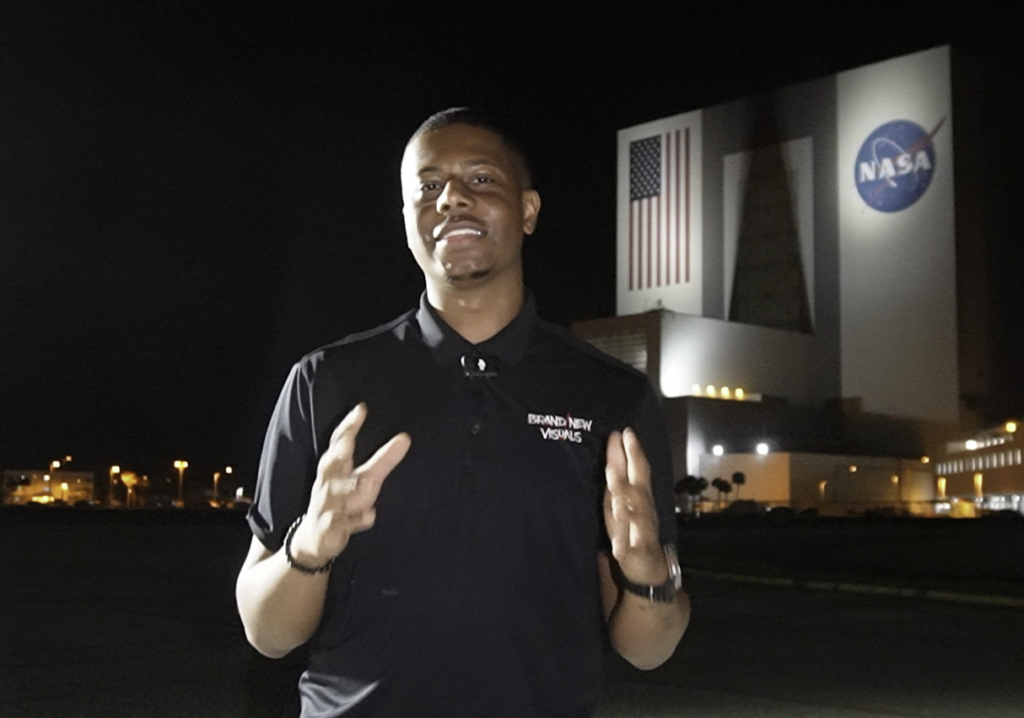CAPE CANAVERAL – NASA’s SpaceX CRS-32 Mission successfully lifted off on April 21 at 4:15 a.m. EDT from Kennedy Space Center in Florida. The mission, part of NASA’s partnership with SpaceX, is delivering critical supplies and cutting-edge science experiments to the International Space Station (ISS), helping support the astronauts living and working in space.According to Steven Seisloff, a NASA public affairs officer at Kennedy Space Center, the SpaceX Dragon spacecraft, launched by the Falcon 9 rocket, carries about 6,700 pounds of cargo, including food, clothes and equipment for the astronauts on the ISS. It also delivers important scientific experiments for future missions to the moon and Mars. The cargo includes two atomic clocks to study relativity and improve timekeeping, an air quality system to protect astronauts on deep-space missions and new robotic technology.

Seisloff, who has worked with NASA for more than 25 years, explained the importance of these missions.
“At NASA, we have a saying: It’s not a career, it’s a calling. And that’s what we found. That’s what I found personally, and a very exciting way to spend a life,” Seisloff said.
NASA’s SpaceX CRS-32 mission is critical because it provides the astronauts with everything they need to live and work on the ISS, including food, personal items and scientific research tools.
“A crew on the space station will take part in about 200 experiments during the course of their several month mission. They have different parts that go up on different flights,” Seisloff said. “It can be anything from navigation equipment that tests new breaking technology to a lot of neurosciences experiments that are going up.”
Seisloff added that NASA teams up with private companies like SpaceX to carry out these missions. NASA doesn’t own the rockets or spacecraft, but relies on SpaceX to do the launches. NASA makes sure everything goes as planned and this method has been very successful, according to Seisloff.
For Brandon Scales, founder of Brand New Visuals videography from New Jersey, this mission was a dream come true. It was his first time attending a space launch, and he was there to capture the event.
“This is my first launch, and it was incredible. It was a different experience, and I’m grateful for the opportunity. It’s been amazing,” Scales said.
Scales set up two cameras and used his phone to live-stream the event. After this experience, Scales is eager to participate in future space launches.
“The launch happened fast. I had my phone set up to stream it live, and if I hadn’t done that, I would have missed it. I’m really glad I was able to get great shots and be part of the event,” Scales said.

As NASA works with private companies like SpaceX to send cargo and astronauts into space, the CRS-32 mission highlights the importance of teamwork between public and private sectors in advancing space exploration.
The CRS-32 mission is another important step in NASA’s efforts to support human life in space and prepare for missions beyond Earth. The cargo and experiments the Dragon spacecraft carries will help astronauts continue their work on the ISS and move forward with space exploration.As Seisloff mentioned, missions like CRS-32 will play a vital role in advancing human space exploration, not only to the ISS but also to future missions to the moon, Mars and beyond. NASA’s partnership with SpaceX shows how public and private collaborations can achieve great goals.
